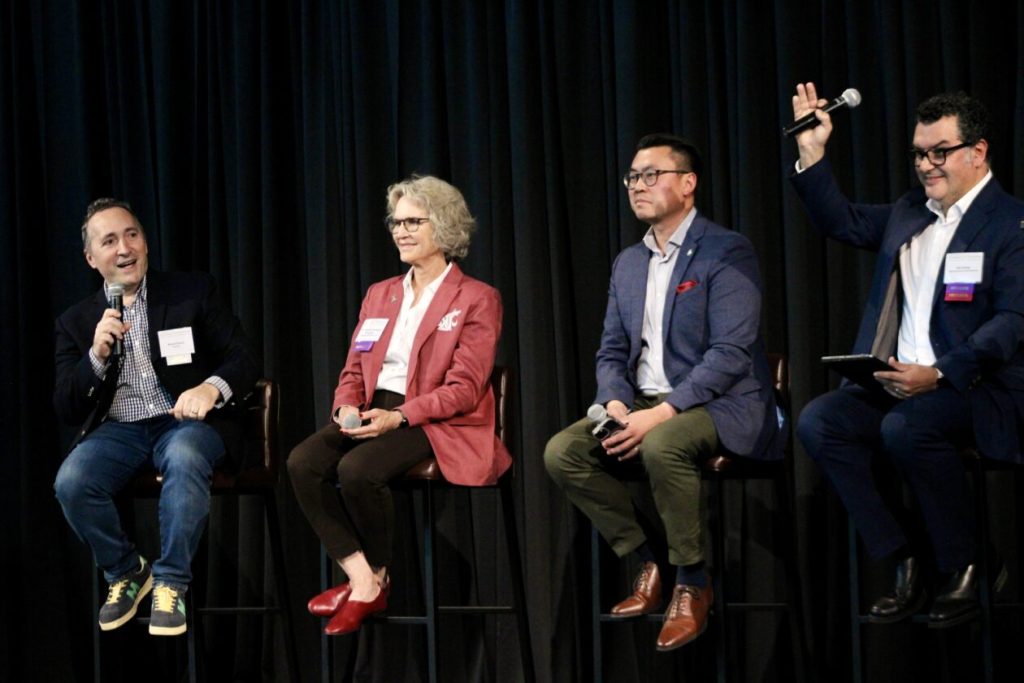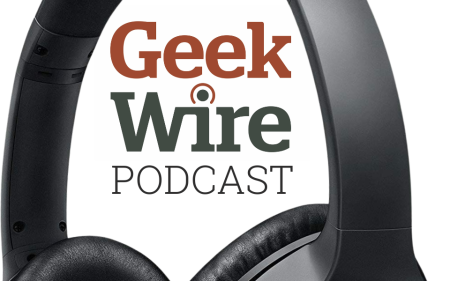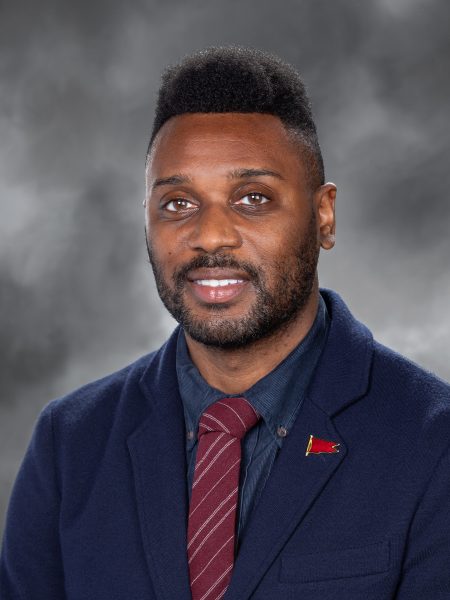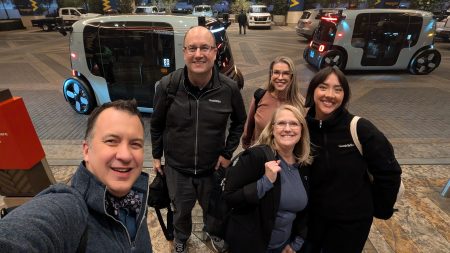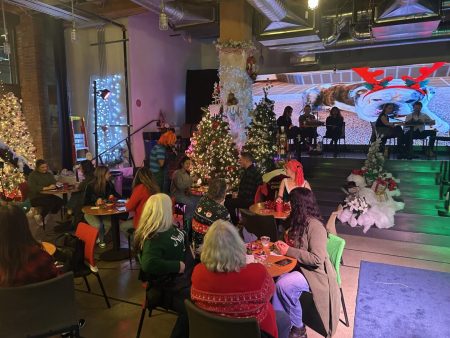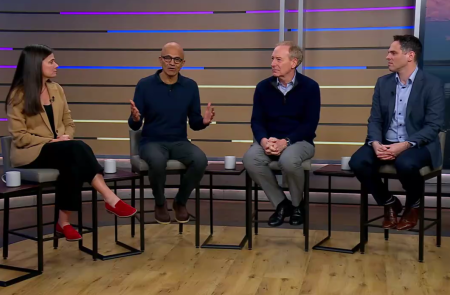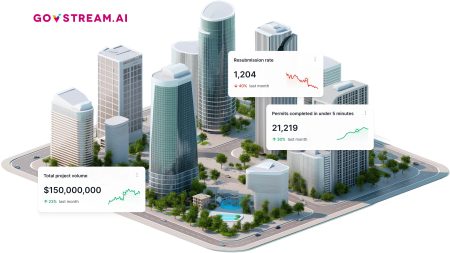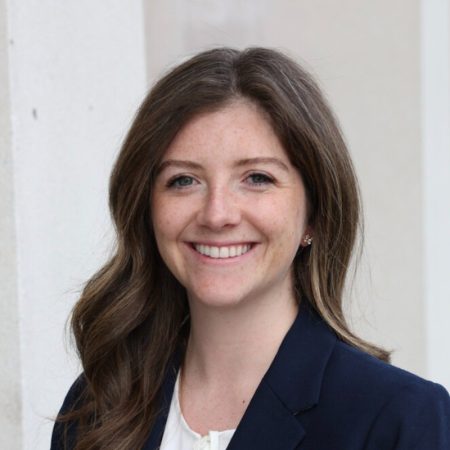Washington State’s Innovation Ecosystem Thrives Amid National Uncertainty
In a time of political polarization and uncertain federal research policies, Washington State is standing out as a beacon of stability through its unique innovation ecosystem. This was the central message at the Washington State Academy of Sciences’ (WSAS) 20th anniversary celebration held at Seattle’s Museum of Flight. Founded in 2005 at the request of former Governor Christine Gregoire, WSAS has spent two decades serving as a nonpartisan, independent advisory body connecting scientists and engineers with state policymakers. As WSAS President Allison Campbell noted during the event, “This anniversary really coincides with a tremendous amount of change — change that maybe is unprecedented for those in our lifetime.” The celebration wasn’t just a look back at past accomplishments but also a forward-looking call to action for Washington’s scientific community.
The state’s remarkable innovation infrastructure has created a powerful advantage in uncertain times. Joe Nguyen, director of the Washington State Department of Commerce and former Microsoft senior program manager, put it bluntly: “When you see such turmoil happening at the national level, capital and leadership and talent are going to gravitate toward places that are stable and that are supportive.” What makes Washington unique is its seamless integration of research universities, private-sector giants, and public institutions. This ecosystem has deep historical roots in innovation, with Nguyen proudly declaring, “We build shit,” referencing homegrown success stories like Boeing, Microsoft, and Amazon. This culture of building extends to cutting-edge fields like fusion energy, where the state legislature established a regulatory framework distinguishing fusion from fission energy. This forward-thinking policy helped pave the way for Helion Energy to begin construction in Wenatchee on what could become the world’s first commercially viable fusion reactor, backed by major investors like SoftBank and Sam Altman. As Nguyen aptly summarized Washington’s innovation ethos: “Our unique value is that we can do things [that] other people think are impossible.”
The state’s academic institutions play a crucial role in this ecosystem, with surprising levels of collaboration despite traditional rivalries. Elizabeth Cantwell, Washington State University’s new president, expressed delight at finding herself “someplace that appreciates building stuff.” Despite being athletic rivals, WSU and the University of Washington have developed what Cantwell described as “genuinely impactful collaboration” across various research and education initiatives. This academic strength extends to computer science, with the University of Washington’s top-ranked program helping to power the region’s growing global footprint in artificial intelligence. The pull of this environment is strong enough to attract talent from traditional tech hubs. Babak Parviz, founder of Seattle mental health startup NewDays and a former Amazon executive, shared his personal decision: “We intentionally moved back from Silicon Valley to be here, because we love to be here.” This movement of talent into the region reinforces its standing as an innovation center that can compete with any tech hub in the country.
However, maintaining this innovation leadership requires ongoing investment and adaptation, particularly in how academia and industry collaborate. The panel highlighted dual financial pressures: federal research funding cuts paired with a significant state budget deficit that’s impacting higher education institutions. Parviz warned that the state’s AI boom depends on continued investment in education and research: “If academia is not there, we’re not going to be able to train the workforce that we need in the industry. And a lot of the core research that’s needed to power the industry is going to go away.” Cantwell, drawing on decades of experience overseeing research and innovation teams, emphasized that the traditional model for funding graduate research is breaking down. She proposed a more integrated approach, urging companies to create long-term placements for graduate students beyond short-term internships. “If you are in a company or corporate sector or anything like that, add two to three spots for graduate students,” she suggested, offering a concrete way for industry to help maintain the research pipeline that ultimately benefits the entire innovation ecosystem.
The strength of Washington’s approach lies in its recognition that innovation thrives at the intersection of public and private efforts. The state government has taken an active role in creating conditions for innovation, exemplified by the forward-thinking regulatory framework for fusion energy that attracted Helion Energy’s investment. At the same time, private industry giants like Microsoft and Amazon have created an entrepreneurial culture that attracts talent and capital. Academic institutions provide both the research foundations and the educated workforce needed to sustain growth. The WSAS itself represents a key connecting point between these sectors, translating scientific knowledge into effective policy. As Campbell noted, the academy can serve as “connective tissue during difficult times,” providing leadership to help the state navigate through periods of change. This multi-sector approach creates resilience that can weather political and economic uncertainty at the national level.
Looking toward the future, the panel expressed optimism that Washington can maintain its position as an innovation leader, but only with continued commitment to the collaborative model that has brought success. “In times of change, there’s really a lot of opportunity,” Campbell observed. “That’s when leadership matters most, and that’s where an academy such as ours can really rise to the top and provide the leadership to help our state and our nation through these tremendous changes.” The 20th anniversary celebration of WSAS wasn’t just about honoring past achievements but about recommitting to the principles that have made Washington’s innovation ecosystem so effective: cross-sector collaboration, forward-thinking policy, investment in education and research, and the bold willingness to tackle seemingly impossible challenges. By maintaining these priorities, Washington stands poised to continue attracting talent and capital, developing breakthrough technologies, and showing how a state-level innovation ecosystem can thrive even during periods of national uncertainty. The Washington model demonstrates that by bringing together the best of government, academia, and industry in common purpose, innovation can flourish regardless of the political climate.





